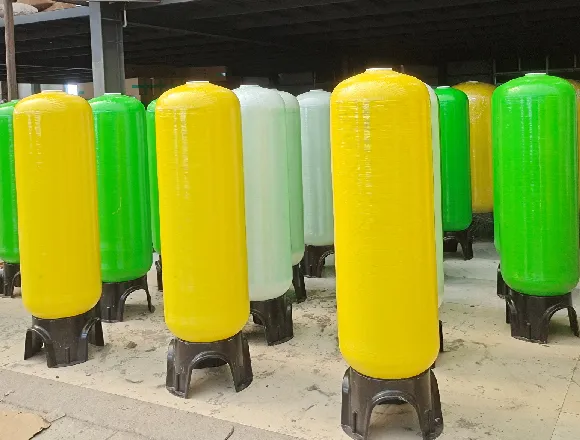loading...
- No. 9, Xingyuan South Street, Dongwaihuan Road, Zaoqiang County, Hengshui, Hebei, China
- admin@zjcomposites.com
- +86 15097380338
- Welcome to visit our website!
frp guardrail
Understanding FRP Guardrails Safety and Innovation in Infrastructure
In recent years, the increasing demand for safety and durability in construction and infrastructure projects has led to the rising popularity of Fiber Reinforced Polymer (FRP) guardrails. Made from composite materials, FRP guardrails offer a modern solution to traditional safety barriers, combining strength, lightweight properties, and corrosion resistance. This article explores the features, benefits, and applications of FRP guardrails in today’s infrastructure.
What are FRP Guardrails?
FRP guardrails are safety barriers constructed using fiber reinforced polymers. These materials are a composite of a polymer matrix reinforced with fibers, typically glass or carbon. The resulting material has superior tensile strength and rigidity while remaining significantly lighter than traditional materials such as steel or wood. This innovative combination allows FRP guardrails to be deployed in various applications, including highways, bridges, parks, and commercial properties.
Benefits of FRP Guardrails
1. Corrosion Resistance Unlike steel, which can rust and deteriorate over time, FRP guardrails are resistant to corrosion caused by environmental factors like moisture, chemicals, and UV radiation. This property makes them particularly desirable for coastal areas and industrial settings where exposure to harsh conditions is common.
2. Lightweight Construction The lightweight nature of FRP allows for easier installation and reduced transportation costs. Workers can handle panels without the need for heavy machinery, making installation quicker and safer.
frp guardrail

3. Low Maintenance FRP guardrails require minimal maintenance compared to traditional barriers. Their durability means that they do not require frequent painting or repairs, resulting in long-term cost savings.
4. Design Flexibility FRP materials can be molded into various shapes and sizes, allowing architects and engineers to design guardrails that meet specific aesthetic and functional requirements. This adaptability enhances the visual appeal of public spaces without compromising safety.
5. Environmentally Friendly Many FRP products are manufactured using recycled materials, and their long lifespan contributes to reduced waste generation. Furthermore, their lightweight nature leads to decreased fuel consumption during transportation.
Applications of FRP Guardrails
FRP guardrails are suitable for a wide range of applications. In transportation infrastructure, they are often used along highways and bridges to ensure vehicle safety. In parks and recreational areas, FRP guardrails provide barriers that protect pedestrians while blending harmoniously with nature. Additionally, FRP guardrails are increasingly utilized in commercial buildings, providing safety without sacrificing aesthetics.
Conclusion
FRP guardrails represent a significant advancement in safety barriers for modern infrastructure. With their numerous benefits—including corrosion resistance, low maintenance, and design versatility—these innovative materials are reshaping how we think about safety in both urban and rural settings. As communities continue to prioritize safety and sustainability, the adoption of FRP guardrails will likely increase, paving the way for a safer and more resilient future. By embracing these advancements, we can ensure that our infrastructure remains robust, durable, and environmentally friendly for years to come.
-
The Rise of FRP Profiles: Strong, Lightweight, and Built to LastNewsJul.14,2025
-
SMC Panel Tanks: A Modern Water Storage Solution for All EnvironmentsNewsJul.14,2025
-
GRP Grating: A Modern Solution for Safe and Durable Access SystemsNewsJul.14,2025
-
Galvanized Steel Water Tanks: Durable, Reliable, and Ready for UseNewsJul.14,2025
-
FRP Mini Mesh Grating: The Safer, Smarter Flooring SolutionNewsJul.14,2025
-
Exploring FRP Vessels: Durable Solutions for Modern Fluid HandlingNewsJul.14,2025
-
GRP Structures: The Future of Lightweight, High-Performance EngineeringNewsJun.20,2025
